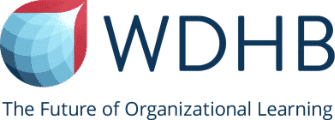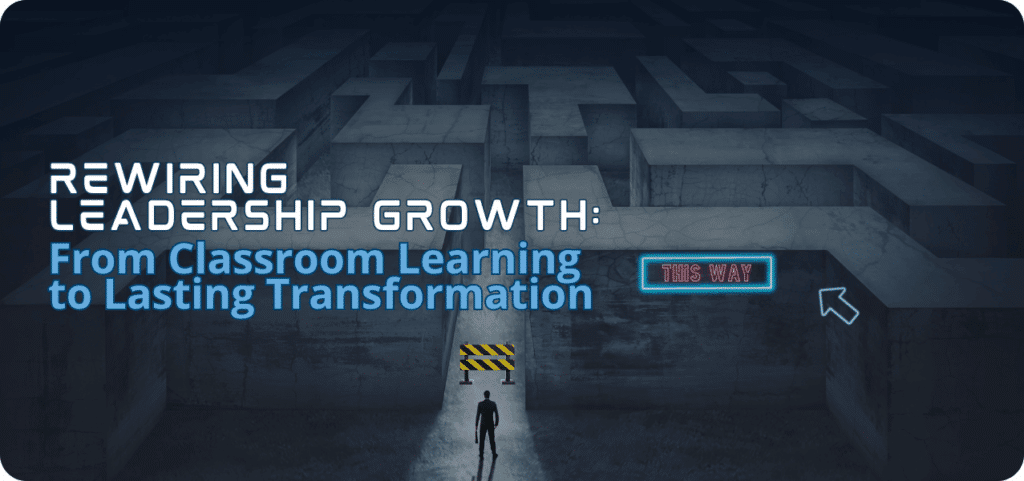Mental Models Theory And Steps To Manage Them
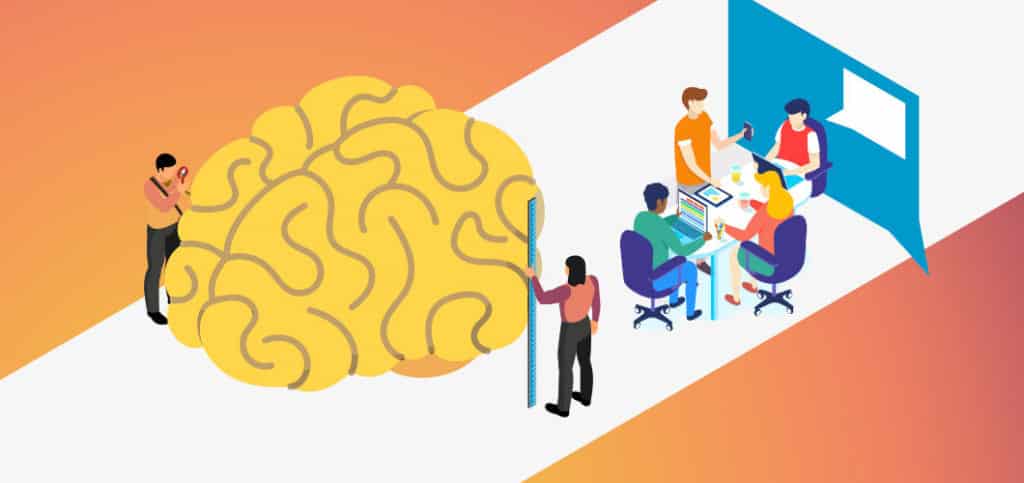
Acknowledging & challenging assumptions is crucial for a Learning Organization. How do we do this in practice?
In WDHB Lab’s latest report, we examine Peter Senge’s five disciplines of a Learning Organization. In “The Fifth Discipline”, arguably one of the most important management books of our time, he brought forth the notion of the Learning Organization as the main driver for organizational change.
According to Senge, a fundamental part of building a Learning Organization lies in creating the ability to reflect-in-and–on-action. Just like computer models or architectural models, mental models offer an imperfect but useful representation of reality. We all have them, but we are often not that aware of the impact of such assumptions on our behavior.
“Mental models are deeply ingrained assumptions, generalizations, or even pictures and images that influence how we understand the world and how we take action.”
Peter Senge
Peter Senge describes the discipline of mental models as the process of turning the mirror inward in order to unearth our internal pictures of the world and hold them rigorously to scrutiny. Practicing this discipline starts with the awareness that our internal representations of external reality actually shape our behavior and set an approach to how we do tasks and solve problems.
Making the Implicit Explicit
In an organization, there is a repertoire of mental models that need to be made explicit. We tend to think of organizations as highly rationale, but they all operate under certain mental models that are far from universal. These shared mental models are highly useful, because they build the foundation for organizational culture. But they can’t be held for universal truth; otherwise, they hinder creativity and prevent problem-solving. As Albert Einstein puts it, “We cannot solve our problems with the same thinking we used when we created them.”
Paradoxically, organizations need to have foundational mental models, as much as they need to acknowledge their limitations and challenge them. Professor of organizational behavior Andre Spicer, has coined the term “organizational stupidity” to describe this paradox. He speaks of organizational stupidity as “a common hazard in many companies but — paradoxically enough — it can prove useful to maintaining a certain degree of cohesion.” In his stupidity-based theory of organizations, Spicer acknowledges the role of mental models in building cultural and behavioral common grounds in organizations, while also warning against “an absence of reflexivity, a refusal to use intellectual capacities in other than myopic ways, and avoidance of justifications.”

Often times, good management is seen as one that emphasizes certainty, without unveiling the mental models on which it’s grounded. It can lead to repressing or marginalizing doubt and blocking communicative action. Unearthing the mental models behind the surface of corporate rationality is a crucial and difficult task in building the Learning Organization. Ultimately, it requires courage and intentional communication.
Reflection from Within, Insights from Outside
Mental Models are so ingrained in us that they can make it difficult to accept new ideas. When we spoke to Michelle Ockers, an Australia-based Learning consultant and host of the Learning Uncut Podcast, she highlighted the need for organizations to acquire knowledge both from inside and from outside in order to solve problems and foster innovation and agility. She discussed how she encourages organizations to build regular retrospectives into the workflow.
“The point is to get people to think and share about their actions and behaviors at points that are “natural” in the learning rhythm. For example, shift handovers are a natural point for reflection. So it can be very useful to consciously build such moments into the workflow,” says Ms. Okers.
Indeed, challenging mental models doesn’t always require deep, companywide reflection sessions. Encouraging teams to practice reflection and to integrate it into the workflow (in handovers, project reviews and debriefings, etc.) is a way to practice the discipline of mental models. Over time, this gives people an opportunity to reflect on their own assumptions, as well as share about the common mental models built into the organization.
Bringing knowledge from outside allows mental models to be regularly updated. Instilling a habit of learning from outside and valuing outsider perspectives is a defining part of building a Learning Organization.
“The Learning Organization is one that takes insight from outside, circulates it widely within, and takes action on it. Learning Organizations adjust rapidly to the changing external environment.”
Nigel Paine, L&D Expert
Learning Moments: Seamless or Explicit?
Céline Cussac, L&D Director at Natixis, defines the Learning Organization as one in which “learning happens at all times, in all situations, and becomes so seamless that people don’t necessarily realize it when they’re learning. There is a form of permeability between work and learning.”
Indeed, many of the most progressive L&D teams try to implement seamless learning – through in-action, on-the-job learning. This is not in contradiction with the discipline of mental models, which suggests that learning happens when one takes the time to unveil assumptions, make them explicit and question them. On the contrary, making reflexivity a habit ingrained into the workflow tends to be quite conducive to learning.

How Can You Manage Your Mental Models?
Understand what lies beneath: If you are leading a team, it is paramount to understand the mental models that people operate under. Often times, team members believe they speak the same language, when actually, the underlying assumptions and meanings of a common concept might differ vastly from one person to another. The leader’s role is to help unveil these differences in order to lay the ground for fruitful dialogue.
Be generative, not reactive: For Peter Senge, the problem with most managers is they are ultimately “pragmatic” and generally “reactive”. Unearthing and challenging mental models is a discipline, something that should happen continuously before external circumstances compel you to do so.
Practical steps for HR and L&D Functions
Support workflow learning: One of the most effective ways of managing mental models is to build reflection points into the workflow, following the natural learning rhythm. However, this requires intentional design and practice. HR and L&D professionals have a big role to play in supporting managers and team leaders in orchestrating more deliberate and reflective practices.
Train people to identify mental models: It’s not easy to be conscious of mental models as they operate under the surface, hence the crucial trainings on mental models (What are they? How can we unveil them for ourselves? How we can we make them explicit at team level?). While unconscious bias training has become widespread in organizations, mental models training might be a prerequisite.
Champion the discipline of mental models: HR/ L&D functions are particularly well-suited to be the ones that surface organization-wide mental models and make sure that they are regularly questioned and, if need be, updated. A variety of methods and tools (surveys, interviews and focus groups, taskforces, etc.) can be brought forth in order to so.
Promoting diversity: Diversity in teams helps to overcome mental models that frame and impedes fresh thinking. Hence, taking a closer look at team compositions and promoting all kinds of diversity is a key enabler. L&D offerings can also be a good opportunity to confront people to different world views and cultures (through learning expeditions, company exchanges, job swaps, etc.)
The people and learning functions have a key role to play in fostering organizational learning and sustaining the Learning Organization.
Our Report “The Learning Organization – Future-Proofing Through Collective Learning” provides examples and guidance on all aspects of Senger’s five disciplines. Download it now!
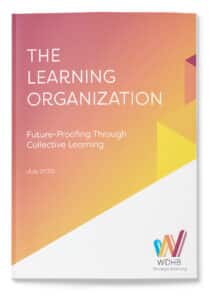
The Learning Organization
The concept of the Learning Organization applied to today’s fast-changing world: How do we move from an ideal vision into actually fostering learning communities?
WDHB Lab’s new report provides a deep dive with plenty of inspiring examples from forefront companies like Microsoft and Airbnb.
Author
Subscribe to get Access to Exclusive Content

